
My Role
UX/UI Designer & Researcher
Duration
8 Months
Softwares
Miro, Figma, Photoshop
TripBuddy
TripBuddy
TripBuddy
TripBuddy
Tripbuddy is an app prototype that helps users select activities for their trip. It allows users to save money, plan their budget, and eliminate indecision by using a rating system. Activities are chosen based on the preferences of teammates, ensuring everyone feels included. The prototype was first presented in Catalyst 2023 designathon, where it won first place. With only three days to build the prototype, it was far from polished. However, the concept showed promise, so I was motivated to refine and improve it further. Since then, I have continued to improve it through user testing and design enhancements for better clarity and usability.
Tripbuddy is an app prototype that helps users select activities for their trip. It allows users to save money, plan their budget, and eliminate indecision by using a rating system. Activities are chosen based on the preferences of teammates, ensuring everyone feels included. The prototype was first presented in Catalyst 2023 designathon, where it won first place. With only three days to build the prototype, it was far from polished. However, the concept showed promise, so I was motivated to refine and improve it further. Since then, I have continued to improve it through user testing and design enhancements for better clarity and usability.



Preliminary view
Preliminary view
Organized, user-friendly, and easy to understand
Organized, user-friendly, and easy to understand
Includes inclusive features to enhance the user experience.
Includes inclusive features to enhance the user experience.






Problem:
Problem:
Planning a group trip is challenging due to differing preferences, budgets, and numerous options. While TripBuddy's previous prototype aims to help, users often find its features unclear, making collaboration difficult.
Planning a group trip is challenging due to differing preferences, budgets, and numerous options. While TripBuddy's previous prototype aims to help, users often find its features unclear, making collaboration difficult.
Solution:
Solution:
Redesign the app to prioritize simplicity and clarity, making it more intuitive for users. Introduce guided workflows, clearer navigation, and visual aids to help groups collaboratively select activities and manage budgets effortlessly.
Redesign the app to prioritize simplicity and clarity, making it more intuitive for users. Introduce guided workflows, clearer navigation, and visual aids to help groups collaboratively select activities and manage budgets effortlessly.






User Research
Method
Target User: Group travelers, such as friends, families, or colleagues, who need help coordinating activities and managing budgets during trips. It's ideal for those who struggle with indecision, value input from all group members, or frequently plan itineraries. Designed for tech-savvy users aged 18-40, it appeals to travelers who seek convenience, collaboration, and well-organized travel experiences.
Method



User Research
Target User: Group travelers, such as friends, families, or colleagues, who need help coordinating activities and managing budgets during trips. It's ideal for those who struggle with indecision, value input from all group members, or frequently plan itineraries. Designed for tech-savvy users aged 18-40, it appeals to travelers who seek convenience, collaboration, and well-organized travel experiences.


Scenarios
Scenarios
Efficient, user-friendly, and easy
Five participants were selected to complete four realistic scenarios. The scenarios involve users planning a group trip where they collaborate on selecting activities, managing their budget, and staying connected. In one scenario, users rate activities, and a poll is created to help the group choose the most popular options. Another scenario focuses on setting and tracking a budget, ensuring the group stays within financial limits as activities are selected. In a third scenario, users communicate through messaging to discuss preferences and finalize decisions. Lastly, the app allows users to review past trips, helping them make more informed decisions when planning future trips.
I organized the participants based on their frequency in travel, either solo or in a group. The categories were: solo, which meant completely alone; traveler, which indicates sometimes traveling with a group and sometimes alone; and group traveler, referring to people who travel the majority of the time in a group.
The scenarios involve users planning a group trip where they collaborate on selecting activities, managing their budget, and staying connected. In one scenario, users rate activities, and a poll is created to help the group choose the most popular options. Another scenario focuses on setting and tracking a budget, ensuring the group stays within financial limits as activities are selected. In a third scenario, users communicate through messaging to discuss preferences and finalize decisions. Lastly, the app allows users to review past trips, helping them make more informed decisions when planning future trips.









Comments
Comments
Participant Reactions
Participant Reactions
Honest Feedback from Participants During Scenarios
Honest Feedback from Participants During Scenarios
Incomprehensible Designs
The chat feature was easy to find but sort of made no sense. When I looked at the messages it looked more like a profile bio rather than an actual message, which confused me for a bit.
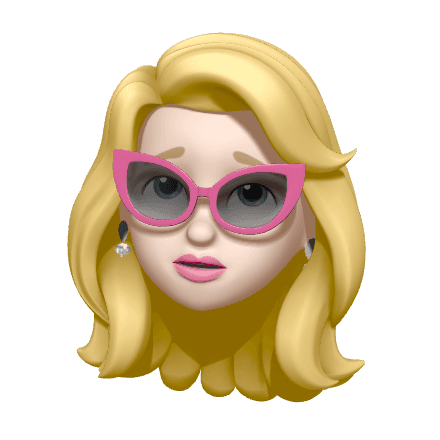
Participant 1
Traveler
Confusion with the Budget Feature
The budget feature was really confusing. I knew I had to go to the profile page but I did not know what to do after that.
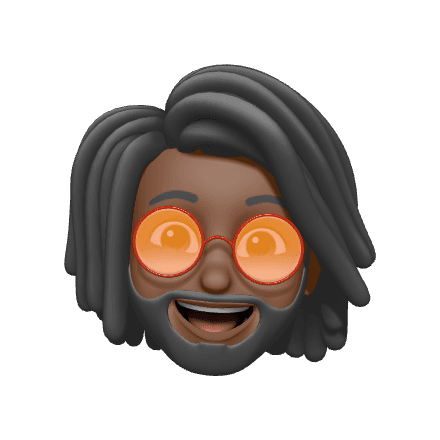
Participant 2
Group Traveler
Vocab Issues
I found the vocabulary used in the prototype to be very confusing. It talks about events but it seems to be mainly focusing on activities. Also, I was confused about what pages some of the buttons were supposed to lead me to…
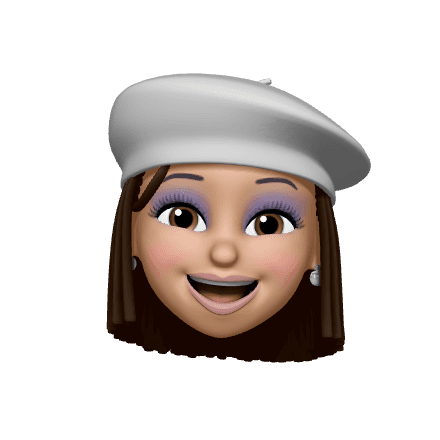
Participant 3
Group Traveler
Hidden Features
When I was trying to find new events it was very difficult for me. I did not notice the arrows on the side!
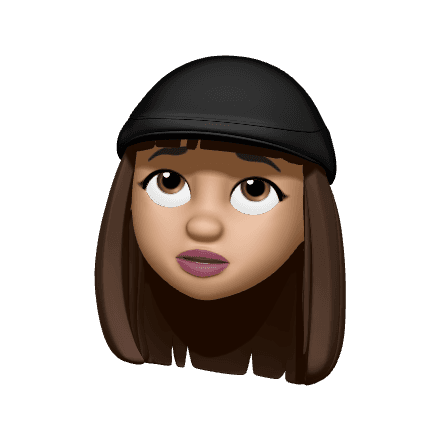
Participant 4
Group Traveler
No Checkout Page
After adding the events to my trip, I got lost. I think there should be a checkout page or something to tell the users how much the trip would cost with the added events.
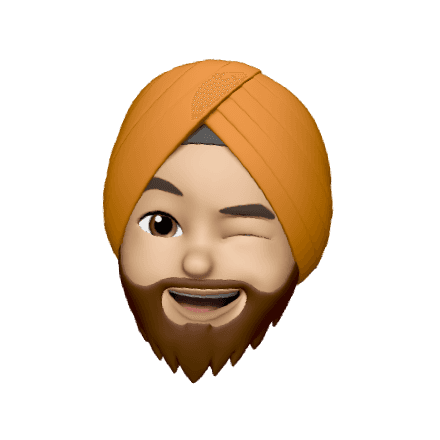
Participant 5
Traveler
Hidden Features
When I was trying to find new events it was very difficult for me. I did not notice the arrows on the side!

Participant 4
Group Traveler
No Checkout Page
After adding the events to my trip, I got lost. I think there should be a checkout page or something to tell the users how much the trip would cost with the added events.

Participant 5
Traveler
Analyzing the Data
Analyzing the Data
Takeaways from the user research…
Using data from user research, scenario observations of the previous prototype, and my own analysis, I identified key takeaways and potential solutions.



Design Process
Design Process
Sketches
Building on the analysis, I started sketching the new prototype with a focus on simplicity and clarity.
Making the design more consistent.
Refining the vocabulary to better align with user expectations.
Introducing guided workflows, clearer navigation, and visual aids to make the interface more intuitive.
Helping groups collaboratively select activities with ease.
Exploring new ways to enhance budget tracking for users.
Building on the analysis, I started sketching the new prototype with a focus on simplicity and clarity.
Making the design more consistent.
Refining the vocabulary to better align with user expectations.
Introducing guided workflows, clearer navigation, and visual aids to make the interface more intuitive.
Helping groups collaboratively select activities with ease.
Exploring new ways to enhance budget tracking for users.




Style Guide
Style Guide
The original prototype utilized Poppins font. The switch from Poppins to Inter and Plus Jakarta Sans was made to improve readability and provide a modern, clean look. The colors from the previous prototype remained, with an addition of red and bright blue as accent colors to make the design more vibrant and visually appealing.
The original prototype utilized Poppins font. The switch from Poppins to Inter and Plus Jakarta Sans was made to improve readability and provide a modern, clean look. The colors from the previous prototype remained, with an addition of red and bright blue as accent colors to make the design more vibrant and visually appealing.




Final Design
Final Design
Changes from previous prototype
Changes from previous prototype
In the new prototype, I made consistent changes across all pages. The term "event" was replaced with "activity" to reduce confusion. I also clarified button labels, fixed spacing issues, and made several other significant adjustments to specific pages, which are explained below.
In the new prototype, I made consistent changes across all pages. The term "event" was replaced with "activity" to reduce confusion. I also clarified button labels, fixed spacing issues, and made several other significant adjustments to specific pages, which are explained below.
















Final Screens & Wire Flow
Final Screens






Final Results
Final Results
The new TripBuddy prototype was tested using the same four initial scenarios and the same five participants who tested the original prototype. All participants provided highly positive feedback, and each scenario was completed with a 100% success rate.
The new TripBuddy prototype was tested using the same four initial scenarios and the same five participants who tested the original prototype. All participants provided highly positive feedback, and each scenario was completed with a 100% success rate.
What I Learned
What I Learned
Through this project, I learned how to effectively conduct user testing sessions, create meaningful scenarios, and recognize the value of user input in improving designs. I also discovered that there is always room for refinement. Even though the initial prototype won a 3-day designathon, it still required further enhancements to optimize the user experience.
Through this project, I learned how to effectively conduct user testing sessions, create meaningful scenarios, and recognize the value of user input in improving designs. I also discovered that there is always room for refinement. Even though the initial prototype won a 3-day designathon, it still required further enhancements to optimize the user experience.